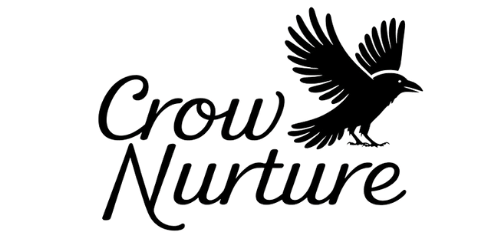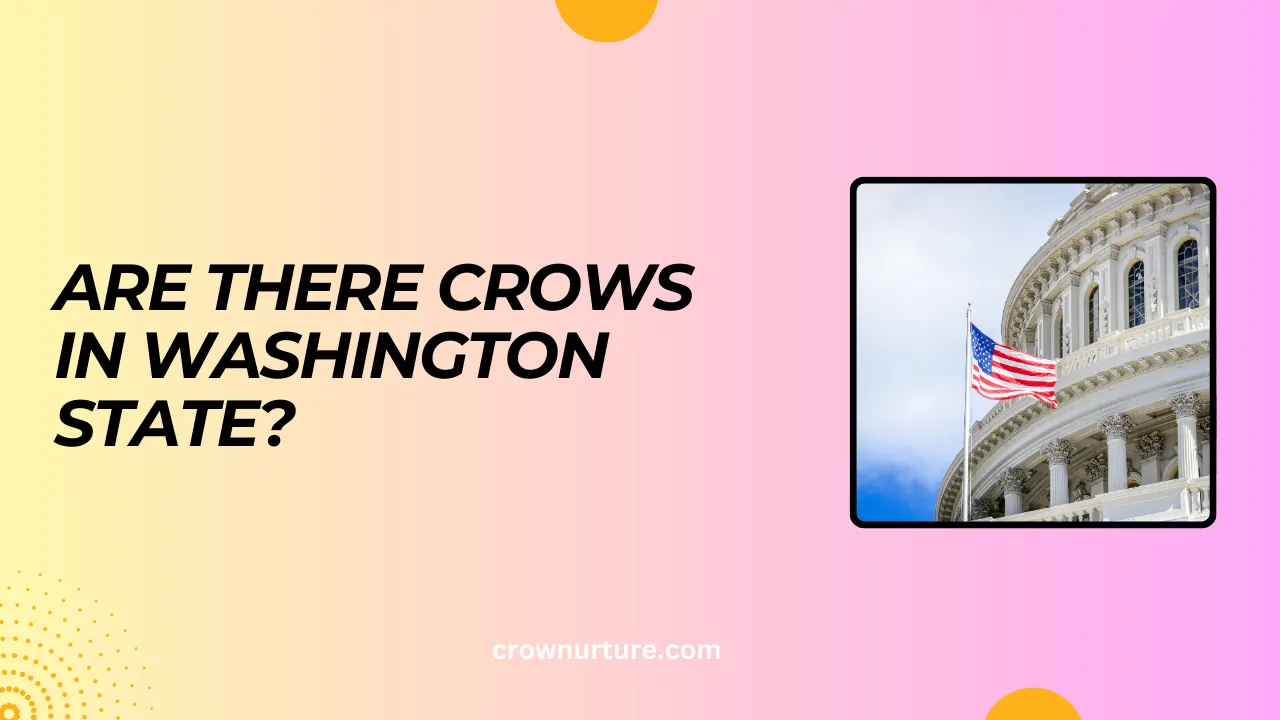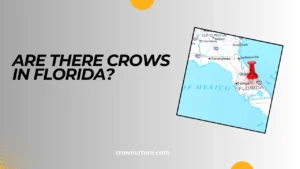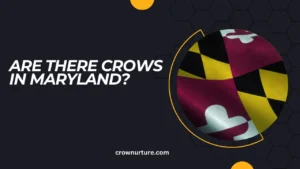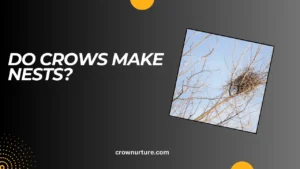On a misty morning in Washington State, you might hear the sharp, familiar “caw” of a crow echoing through the trees. These clever birds are more than just background noise—they are essential contributors to our ecosystems and a reminder of nature’s adaptability.
Crows have made their presence known everywhere, from dense forests to bustling cities, leaving many to wonder about their impact on the environment and human life.
Yes, crows are a common sight in Washington State, and their ability to thrive in diverse habitats reflects their intelligence and resourcefulness. But their existence is more profound than you might imagine.
How do they affect ecosystems? What challenges do they face in urban and rural areas? And why are they revered in myths and stories across cultures?
In this article, we’ll dive into the fascinating world of crows in Washington State. We’ll explore their species diversity, habitat preferences, ecological roles, and interactions with humans, shedding light on why these birds deserve our attention and respect.
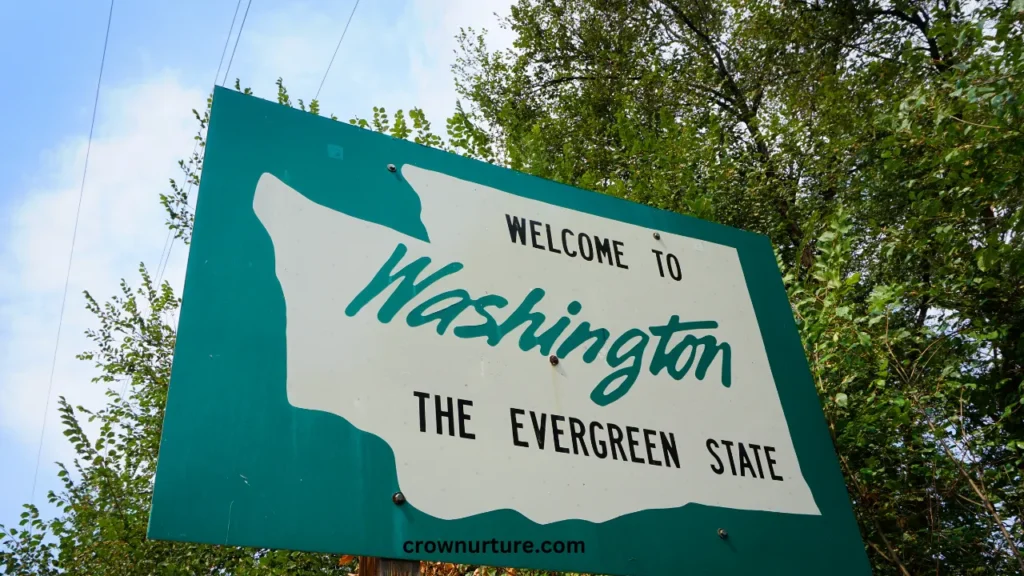
Contents
1. Crow Species in Washington
- American Crow (Corvus brachyrhynchos):
This is the most common crow species in Washington, recognizable by its all-black feathers, sharp beak, and strong wings. Found statewide, it thrives in both urban and rural settings. - Northwestern Crow (Corvus caurinus):
This smaller subspecies is primarily found in coastal regions, often near marine environments. Known for its distinct calls, it closely interacts with tidal ecosystems. - Common Raven (Corvus corax):
Often confused with crows, ravens are larger and heavier, with a deeper call and wedge-shaped tails. They share habitats with crows but differ in behavior and diet.
2. Distribution and Habitat
- Statewide Presence:
Crows are ubiquitous in Washington State, from dense forests to urban streets. Their adaptability allows them to occupy nearly any habitat. - Urban Environments:
These birds thrive in parks, gardens, and city centers, where they forage for food and use buildings for roosting. - Rural and Agricultural Areas:
In rural settings, crows are often seen in fields and orchards, scavenging for insects and leftover crops. - Woodland and Forest Habitats:
Washington’s diverse forests provide nesting sites and ample food sources for crows, particularly in the state’s mountainous regions.
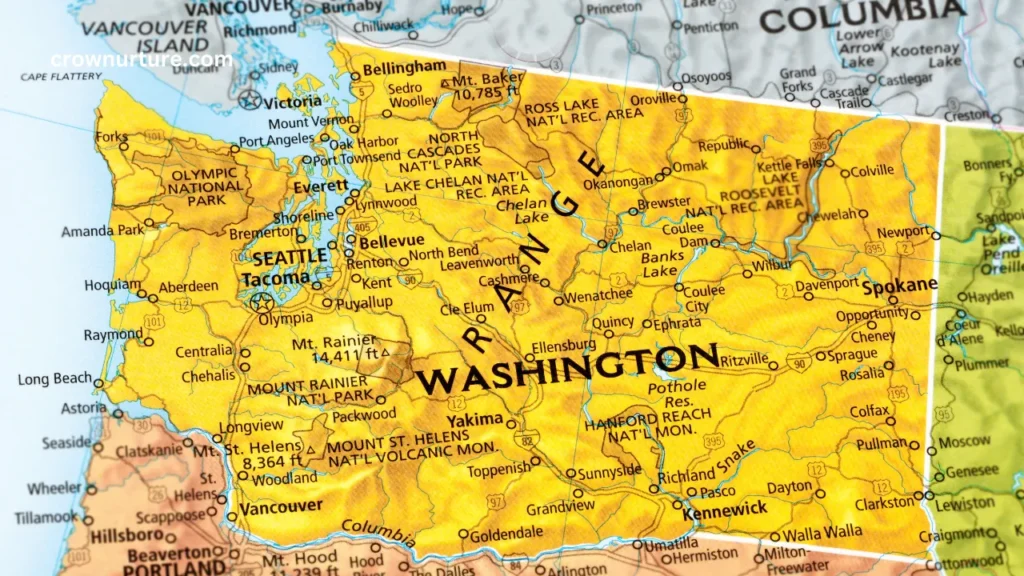
3. Ecological Role
- Scavengers:
Acting as nature’s cleanup crew, crows play a vital role in disposing of animal carcasses, reducing disease spread, and recycling nutrients. - Seed Dispersal:
By caching seeds and sometimes forgetting to retrieve them, crows help in the natural regeneration of plants. - Predation:
Crows prey on insects, small mammals, and bird eggs, maintaining balance in various ecosystems. - Pest Control:
Their consumption of pests like caterpillars and beetles makes them beneficial to farmers and gardeners.
4. Interactions with Humans
- Human-Wildlife Conflict:
Crows sometimes cause challenges, such as crop damage, noise disturbances, and conflicts over nesting sites. - Mitigation Strategies:
Effective solutions include bird deterrents, secure trash disposal, and modifying habitats to reduce conflicts. - Cultural Significance:
Crows hold a special place in Native American traditions, often symbolizing intelligence, transformation, or mystery. They are also depicted in modern art and literature.
5. Conservation Considerations
- Threats to Crow Populations:
Despite their adaptability, crows face threats like habitat loss, pesticide exposure, and vehicle collisions, especially in urban areas. - Conservation Efforts:
Efforts to maintain healthy crow populations include habitat preservation, public education, and monitoring urban ecosystems. - Public Awareness:
Raising awareness about the ecological roles of crows fosters appreciation and coexistence, reducing unnecessary conflicts.
Conclusion
Crows are more than just a familiar sight in Washington State—they are key players in our ecosystems, contributing to pest control, seed dispersal, and nutrient cycling. Their ability to adapt to urban and rural environments highlights their intelligence and resourcefulness.
While conflicts with humans can arise, the ecological benefits they provide far outweigh any drawbacks. With effective management and public awareness, we can foster harmony with these remarkable birds.
Next time you spot a crow, remember its role as a scavenger, a seed planter, and a symbol of nature’s resilience. By embracing coexistence, we can ensure that crows continue to thrive alongside us in Washington State.
FAQs
1. Are crows common in Washington State?
Yes, crows are widespread throughout Washington State, thriving in both urban and rural areas.
2. What types of crows are found in Washington?
The American Crow and Northwestern Crow are common, along with the Common Raven, often mistaken for crows.
3. Where do crows live in Washington?
Crows inhabit forests, urban parks, rural fields, and coastal areas, showcasing their adaptability.
4. What do crows eat?
Crows are omnivores, eating insects, fruits, seeds, carrion, and even human food waste.
5. Do crows migrate out of Washington?
Most crows in Washington are year-round residents, although some may move locally during winter.
6. Why are crows so intelligent?
Crows demonstrate intelligence through tool use, problem-solving, and their ability to recognize individual humans.
